Home>Articles>How To Figure Out What Size Of Curtains You Need
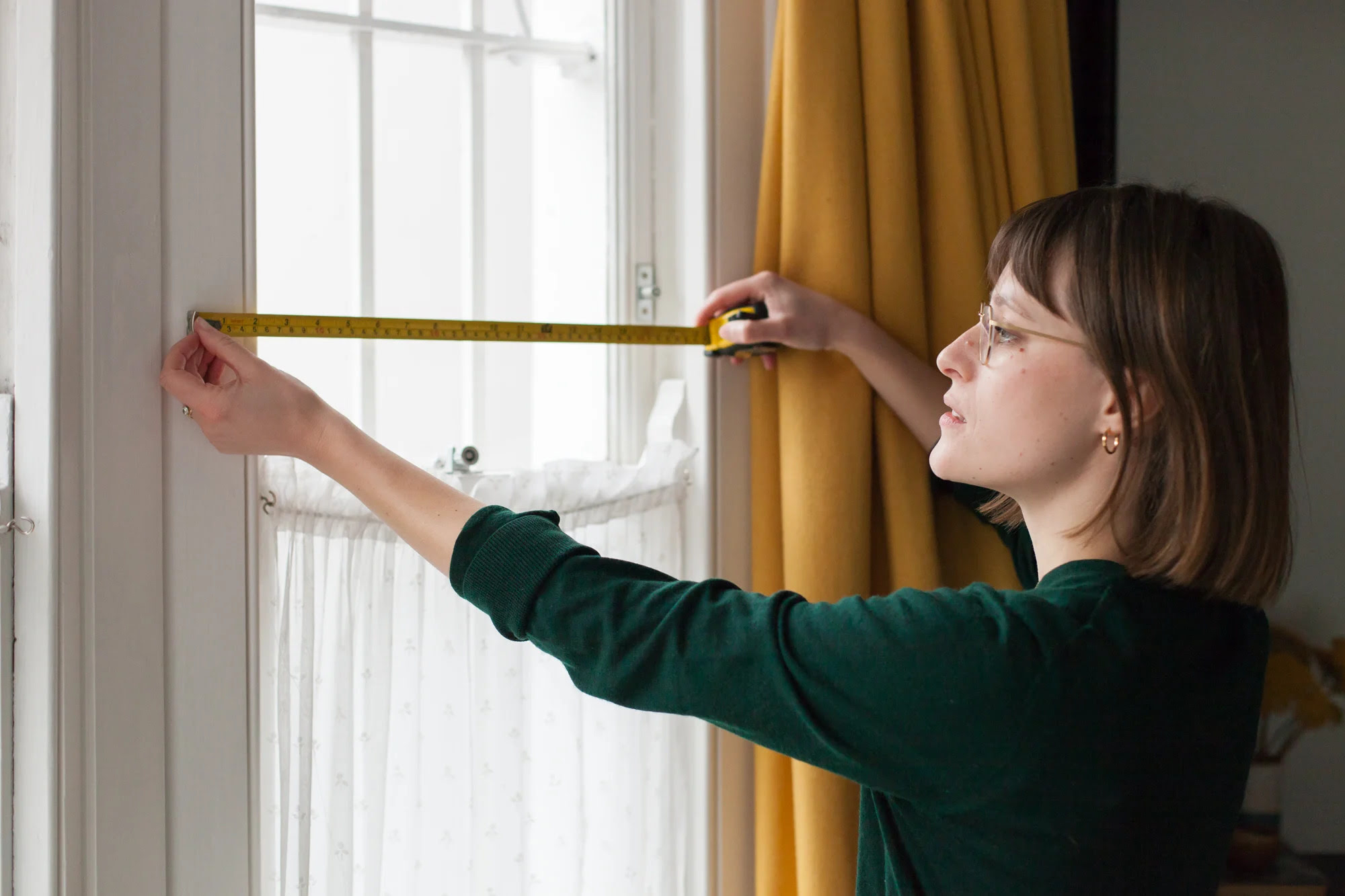

Articles
How To Figure Out What Size Of Curtains You Need
Modified: January 23, 2024
Discover the step-by-step guide on determining the perfect size of curtains for your windows. Read our informative articles to ensure a flawless fit and enhance your home's aesthetics.
(Many of the links in this article redirect to a specific reviewed product. Your purchase of these products through affiliate links helps to generate commission for Storables.com, at no extra cost. Learn more)
Introduction
When it comes to home decor, curtains are an essential element that can transform the look and feel of any room. Whether you’re looking to add a touch of elegance, create privacy, or block out light, choosing the right size of curtains is crucial. Ill-fitting curtains can detract from the overall aesthetic appeal and functionality of your space.
However, figuring out the correct size of curtains for your windows can sometimes feel like a daunting task. With so many options available in terms of width, length, and styles, it can be overwhelming to know where to start. But fear not, we’re here to help you navigate through the process and ensure that your curtains fit your windows perfectly.
In this article, we will guide you through a step-by-step process to determine the ideal size of curtains for your windows. By following these simple guidelines, you will be able to achieve a polished and harmonious look in your home.
Key Takeaways:
- Measure your window accurately to determine the ideal curtain size. Consider curtain rod length, fullness factor, and additional factors like pattern and room style for a perfect fit and polished look.
- Selecting the right curtain length is crucial for achieving the desired aesthetic and functionality. Consider room style, hardware, and proportions to enhance the overall appeal of your space.
Read more: How To Figure Out How Much Siding You Need
Step 1: Measure Your Window
The first step in figuring out the size of curtains you need is to measure your window accurately. This will provide you with the necessary dimensions to determine the width and length of the curtains. Here’s how to do it:
- Measure the Width: Using a tape measure, start by measuring the width of your window from one side to the other. Measure at the top, middle, and bottom to account for any variations. Take note of the widest measurement, as this will be the width of your curtains.
- Measure the Height: Next, measure the height of your window from the top window trim to the bottom window sill. Again, measure in multiple spots to ensure accuracy. Make a note of the tallest measurement, as this will be the length of your curtains.
- Add Considerations: Take into account any additional factors that may affect the curtain size, such as if you prefer your curtains to hang slightly above the floor or if you want them to puddle on the floor for a more dramatic look.
By accurately measuring your window, you can ensure that the curtains will fit snugly and cover the window completely, providing functionality and aesthetic appeal.
Step 2: Determine the Curtain Rod Length
Once you have measured your window, the next step is to determine the length of your curtain rod. The curtain rod should be wide enough to extend beyond the sides of the window, allowing the curtains to hang properly and provide full coverage. Here are some guidelines to help you determine the curtain rod length:
- Standard Width: As a general rule of thumb, the curtain rod should be 6-12 inches wider than the window on each side. This extra width will ensure that the curtains can be fully drawn to the side, allowing for maximum light exposure when desired.
- Consider Curtain Style: Different curtain styles may require varying amounts of additional width. For example, if you plan to use curtain tiebacks or have multiple layers of curtains, you might need a wider curtain rod to accommodate the additional fabric.
- Account for Stackback: Stackback refers to the space that the curtains take up when fully drawn to the sides. This space is determined by the amount of fabric and the heading style of the curtain. Ensure that your curtain rod is long enough to allow the curtains to stack back neatly without obstructing the window.
By selecting the appropriate curtain rod length, you can ensure that your curtains have the necessary space to hang properly and provide a seamless and polished look to your window treatments.
Step 3: Calculate the Curtain Width
Now that you have determined the length of your curtain rod, it’s time to calculate the width of the curtains themselves. The curtain width is crucial as it determines the amount of fabric needed to cover your window adequately. Here’s how to calculate the curtain width:
- Use the Window Width: Start by taking the window width measurement you obtained in Step 1 as a reference. This measurement will serve as a baseline for calculating the curtain width.
- Fullness Factor: Consider the desired fullness of your curtains. Fullness refers to the amount of fabric used relative to the window width, which affects the pleating and visual appeal. A standard fullness factor is 1.5 to 2 times the window width. Multiply your window width by the desired fullness factor to determine the curtain width.
- Round Up: It’s always a good idea to round up the final curtain width to the nearest even number. This ensures that the curtains will have a balanced appearance and can be easily adjusted if needed.
By calculating the curtain width based on the window measurements and desired fullness, you can ensure that the curtains will have an appropriate amount of fabric to create a beautiful and visually pleasing look.
Measure the width of your window and add 4-8 inches on each side for fullness. For the length, measure from the top of the window to where you want the curtain to end, and add 4-8 inches for the hem.
Step 4: Select the Curtain Length
Choosing the right curtain length is essential to achieve the desired look and functionality. The length of the curtains will depend on various factors, including the style of the room and personal preference. Here’s how to select the curtain length:
- Measure from the Rod: Start by measuring from the curtain rod to the desired length of the curtains. This could be just above the window sill, floor-length, or even puddling on the floor for a more dramatic effect.
- Consider the Style: Different curtain styles may have specific length recommendations. For example, for a classic and tailored look, curtains are often slightly longer, just grazing the floor. In contrast, for a more relaxed and casual vibe, curtains can be shorter, ending at the window sill.
- Account for Hardware: Take into consideration any hardware or finials attached to the curtain rod that may add extra length to the curtains. Adjust the measurement accordingly to ensure that the curtains hang at the desired length.
- Check the Proportions: Step back and visually assess the proportions of the room and window. If the window is smaller, shorter curtains can help create the illusion of height. Conversely, long curtains can add a sense of grandeur to larger windows or rooms with high ceilings.
By carefully considering these factors and measuring from the rod to the desired length, you can select the perfect curtain length that complements your space and adds to its overall aesthetic appeal.
Read more: How To Figure Out Light Bulb Base Size
Step 5: Consider Additional Factors for Curtain Size
While you have now determined the curtain width and length based on the window measurements, there are still some additional factors to consider to ensure the perfect fit. These factors can impact the overall look and functionality of your curtains. Here are some important considerations:
- Header Style: Different curtain header styles require different amounts of fabric. For example, a rod pocket style header will require more fabric compared to a grommet or tab top style. Take this into account when calculating the width and selecting the curtain size.
- Pattern or Print: If you are choosing curtains with patterns or prints, you may need to adjust the width or length to ensure that the pattern is properly showcased. Consider whether you want the pattern to be fully visible when the curtains are closed or if you prefer a more subtle effect.
- Overlap: If you have multiple curtains on one rod covering a wider window, consider adding a small overlap between each curtain panel to ensure full coverage and prevent gaps of light from entering. This can be achieved by calculating the total curtain width and dividing it by the number of panels, then adding a small amount for overlap.
- Room Style and Function: Consider the overall style and function of the room. For formal or elegant spaces, long and flowing curtains may be preferred. In contrast, for a casual or modern setting, shorter and more streamlined curtains may be more appropriate.
- Hemming: Keep in mind that some curtains may require hemming, especially if you have specific length requirements or if the curtains come in standard sizes. Allow for some extra fabric length to accommodate hemming if needed.
By considering these additional factors, you can fine-tune the size and fit of your curtains to ensure that they match your desired style, functionality, and overall aesthetic vision for the room.
Conclusion
Selecting the right size of curtains for your windows is crucial to achieve a polished and harmonious look in your home. By following the step-by-step process outlined in this article, you can confidently determine the ideal width and length of your curtains.
Start by accurately measuring your window to establish the baseline dimensions. Consider the curtain rod length, ensuring it extends beyond the sides of the window for proper coverage. Calculate the curtain width based on the desired fullness factor and round up to the nearest even number for balance.
When selecting the curtain length, take into account the style of the room, personal preference, and any additional factors such as hardware and curtain header style. Pay attention to the proportions of the room and consider the visual impact of different curtain length options.
Finally, consider additional factors such as pattern or print, overlap for multiple curtain panels, and the overall style and function of the room. Don’t forget to leave room for hemming if necessary.
By considering these factors and making informed decisions, you can ensure that your curtains fit your windows perfectly, enhancing the aesthetic appeal of your space while providing the desired functionality and privacy.
With the right size of curtains, your windows will become a focal point, adding warmth, style, and character to any room in your home.
Frequently Asked Questions about How To Figure Out What Size Of Curtains You Need
Was this page helpful?
At Storables.com, we guarantee accurate and reliable information. Our content, validated by Expert Board Contributors, is crafted following stringent Editorial Policies. We're committed to providing you with well-researched, expert-backed insights for all your informational needs.




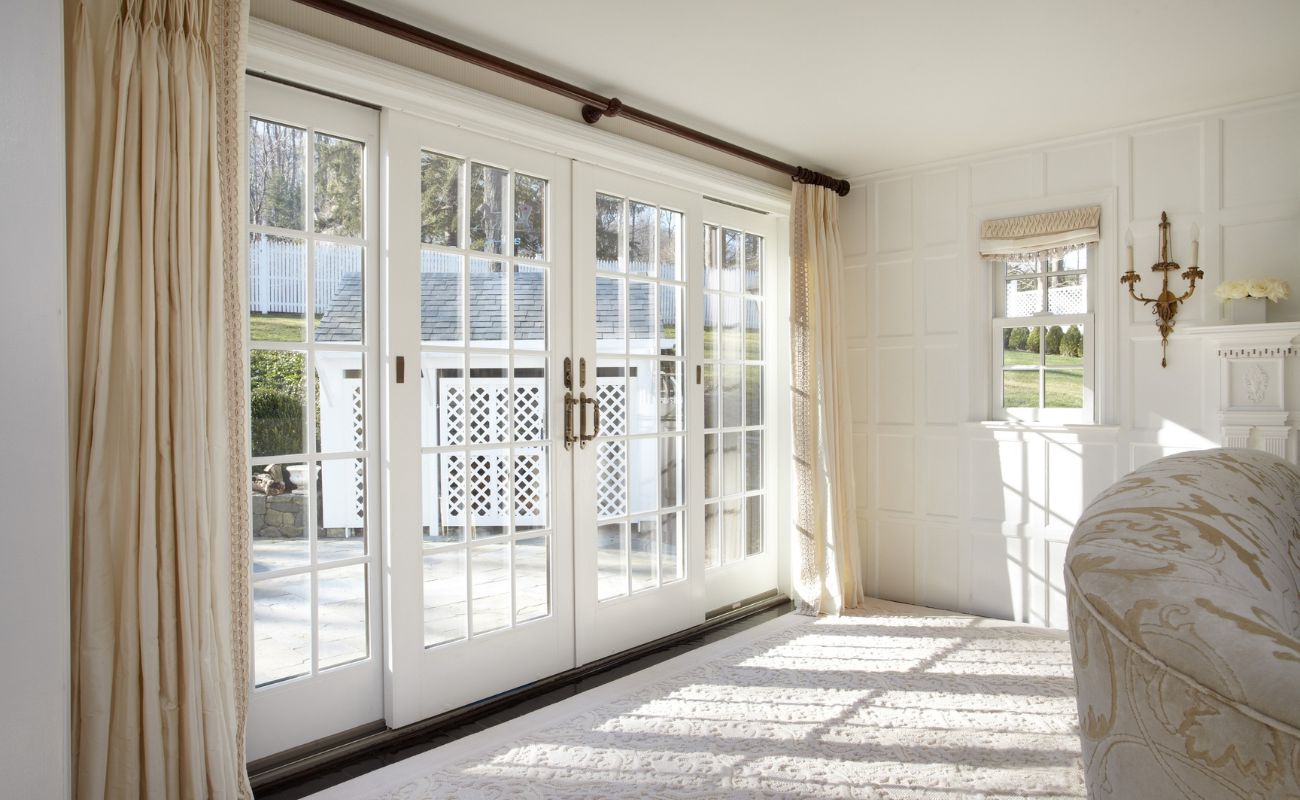
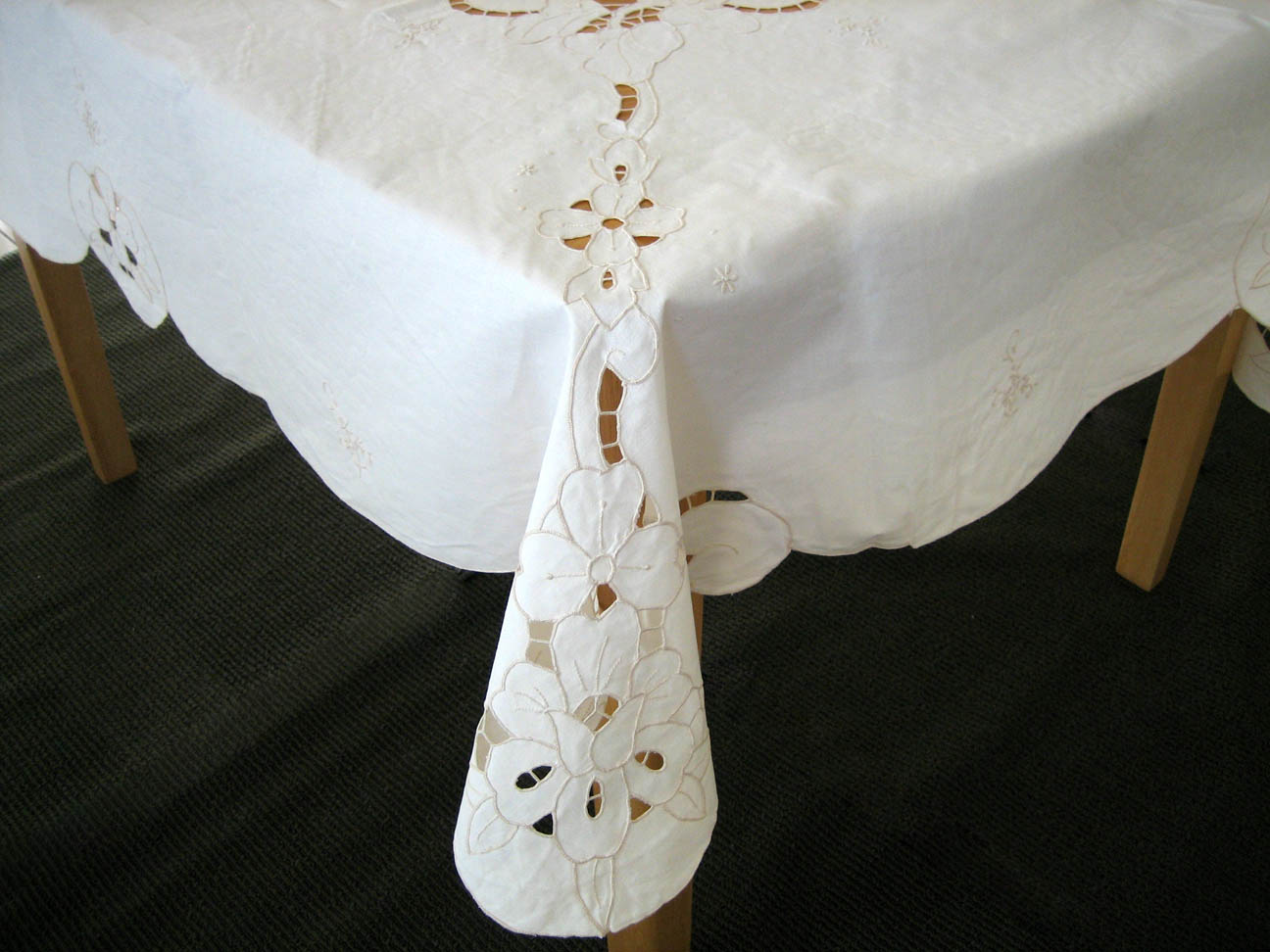
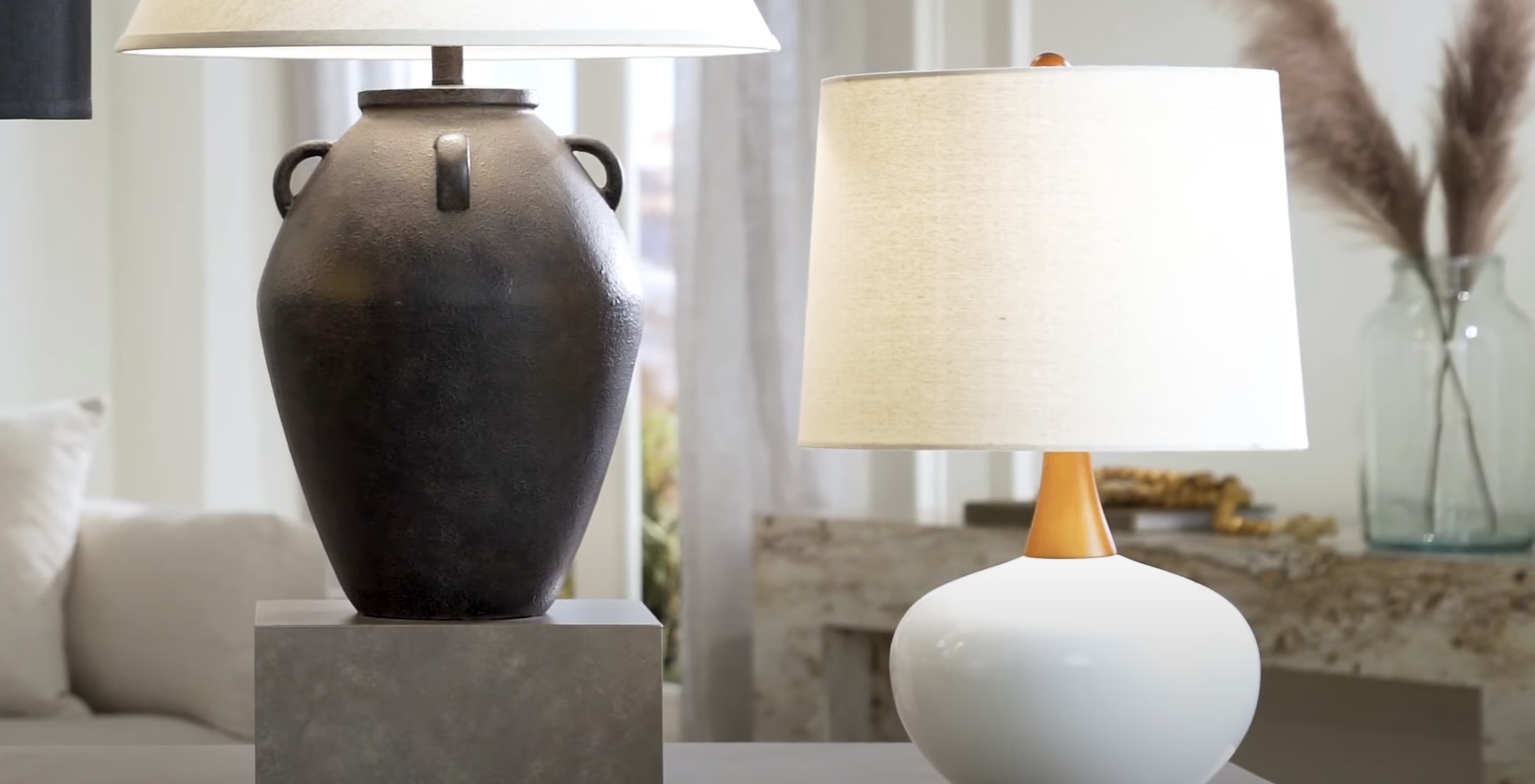
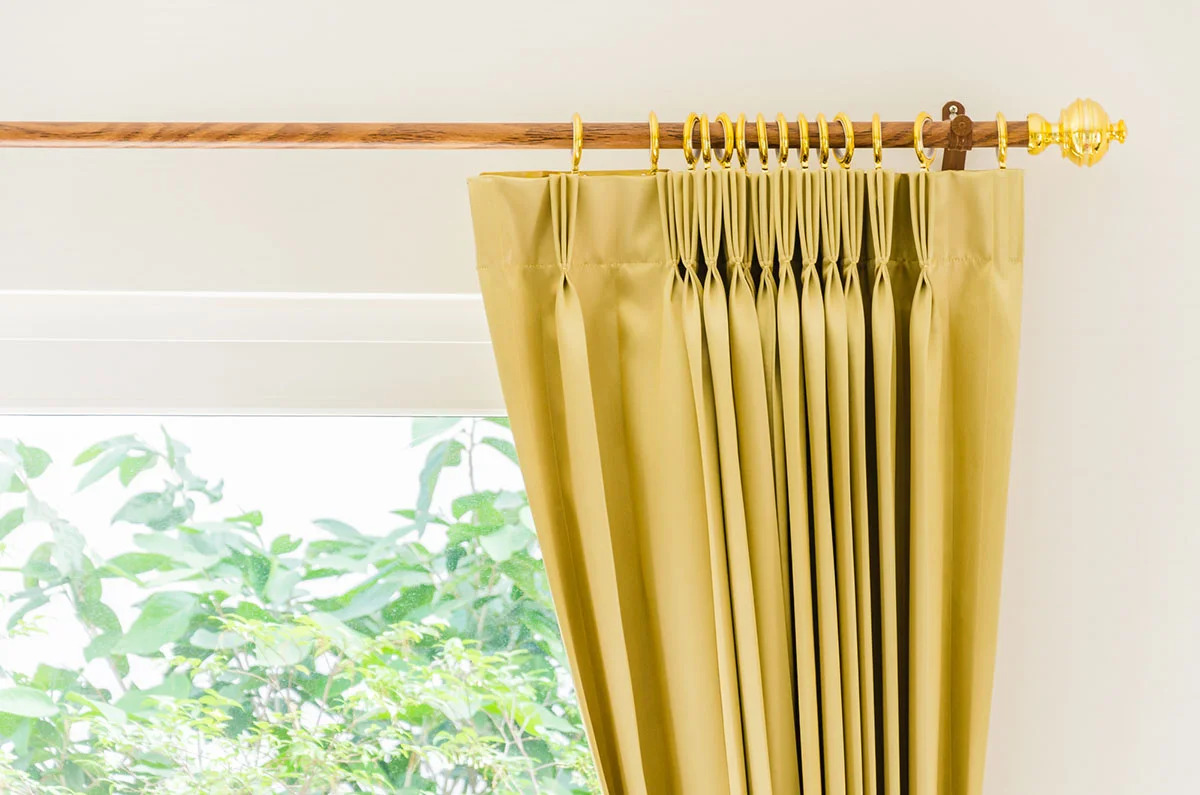
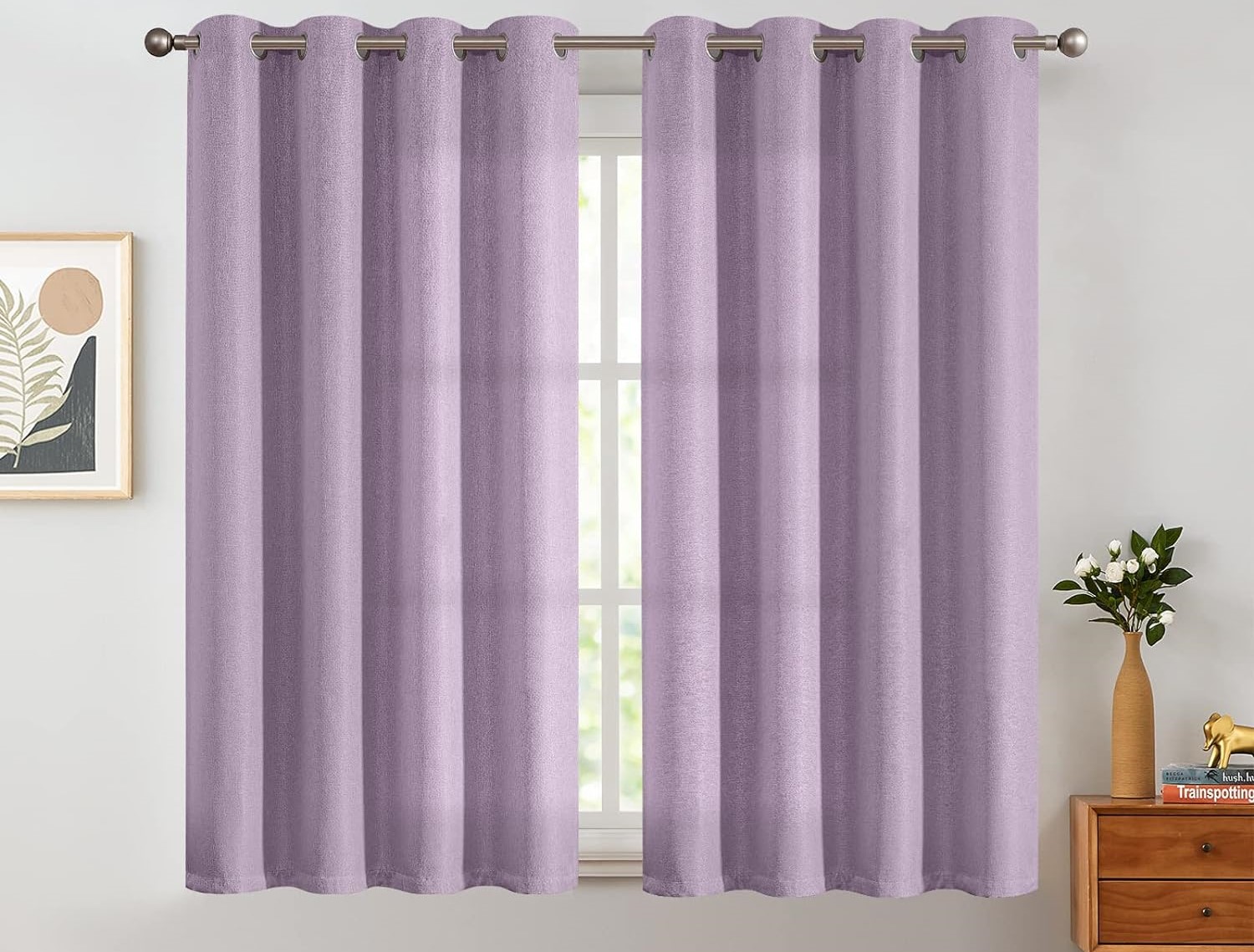

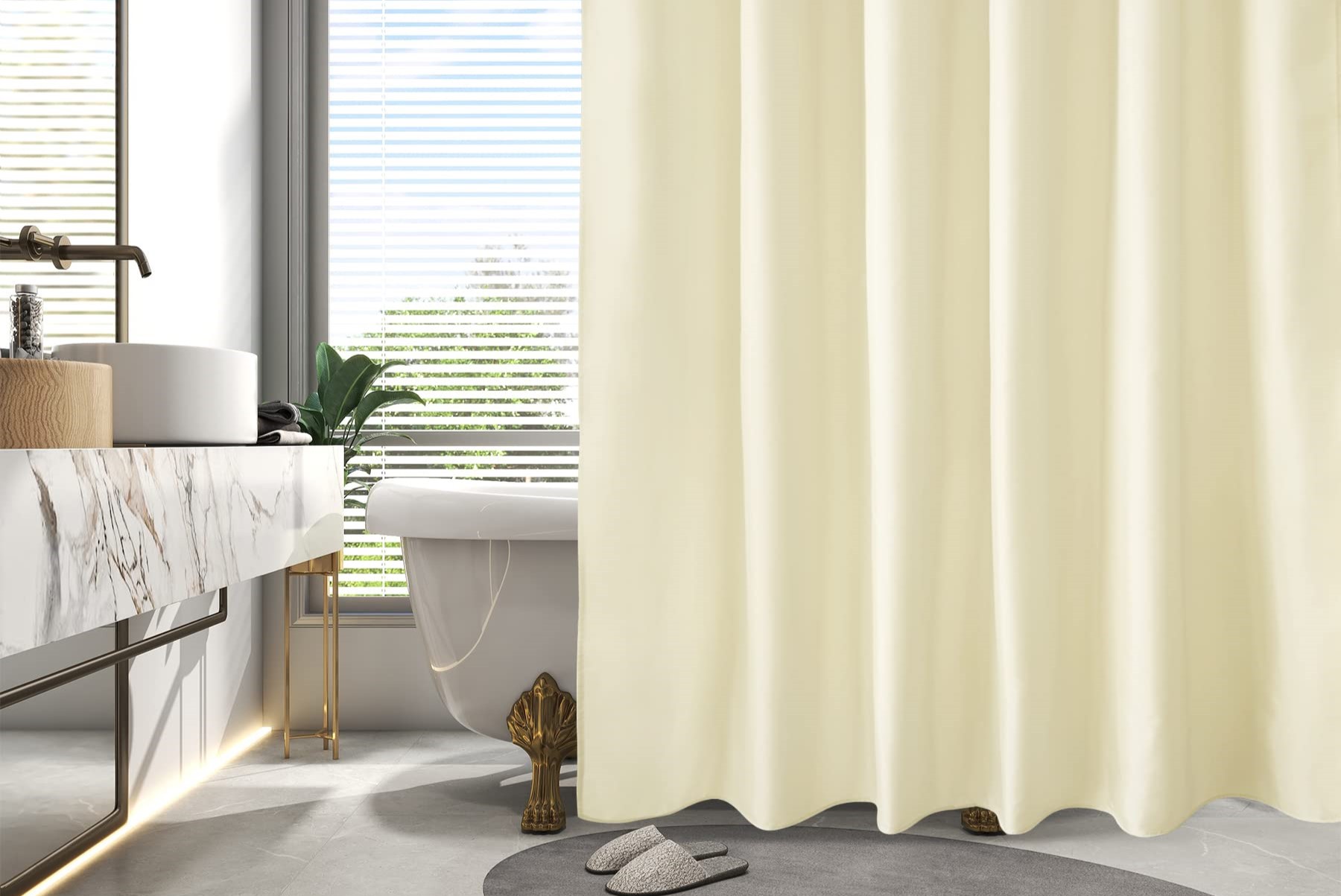
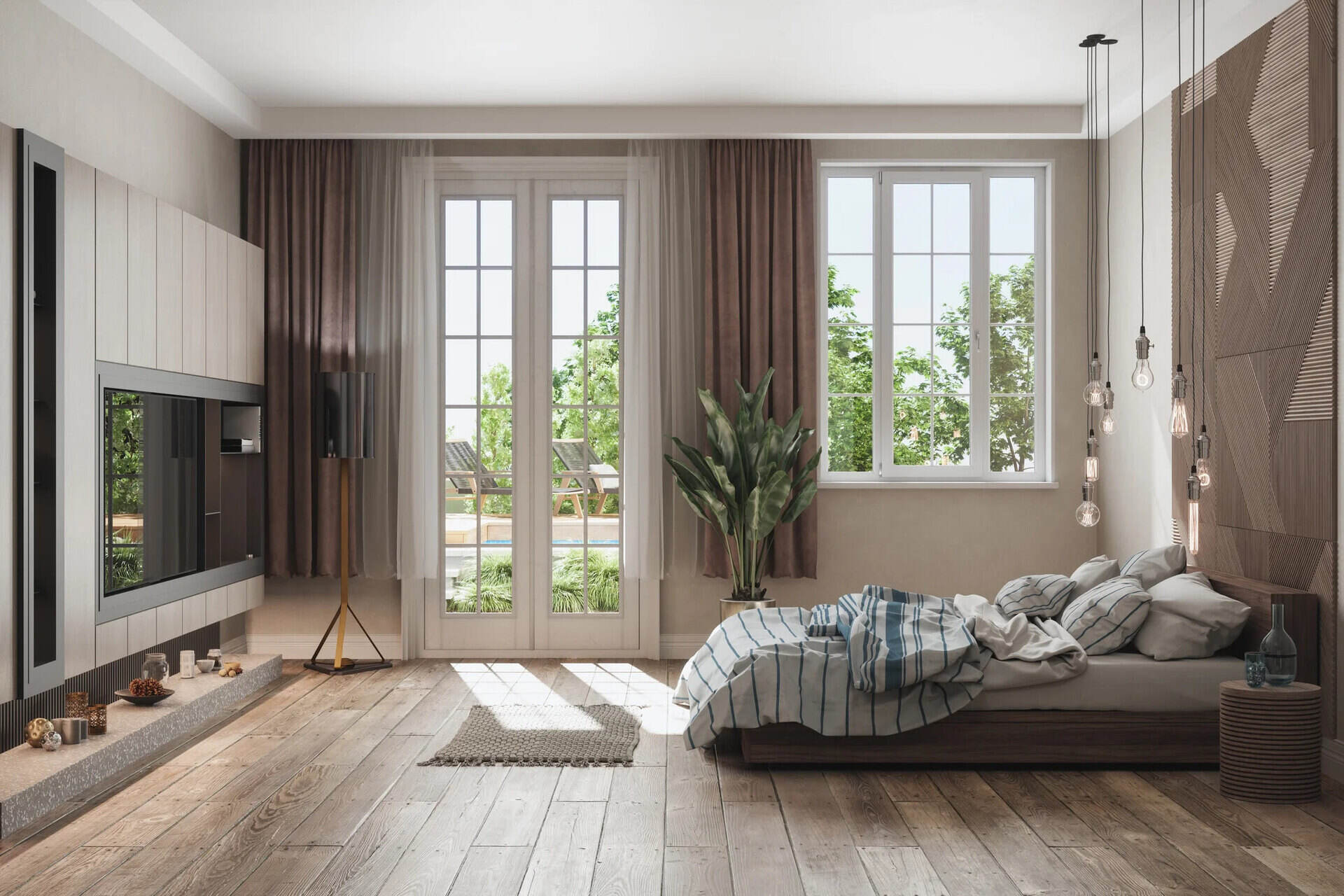

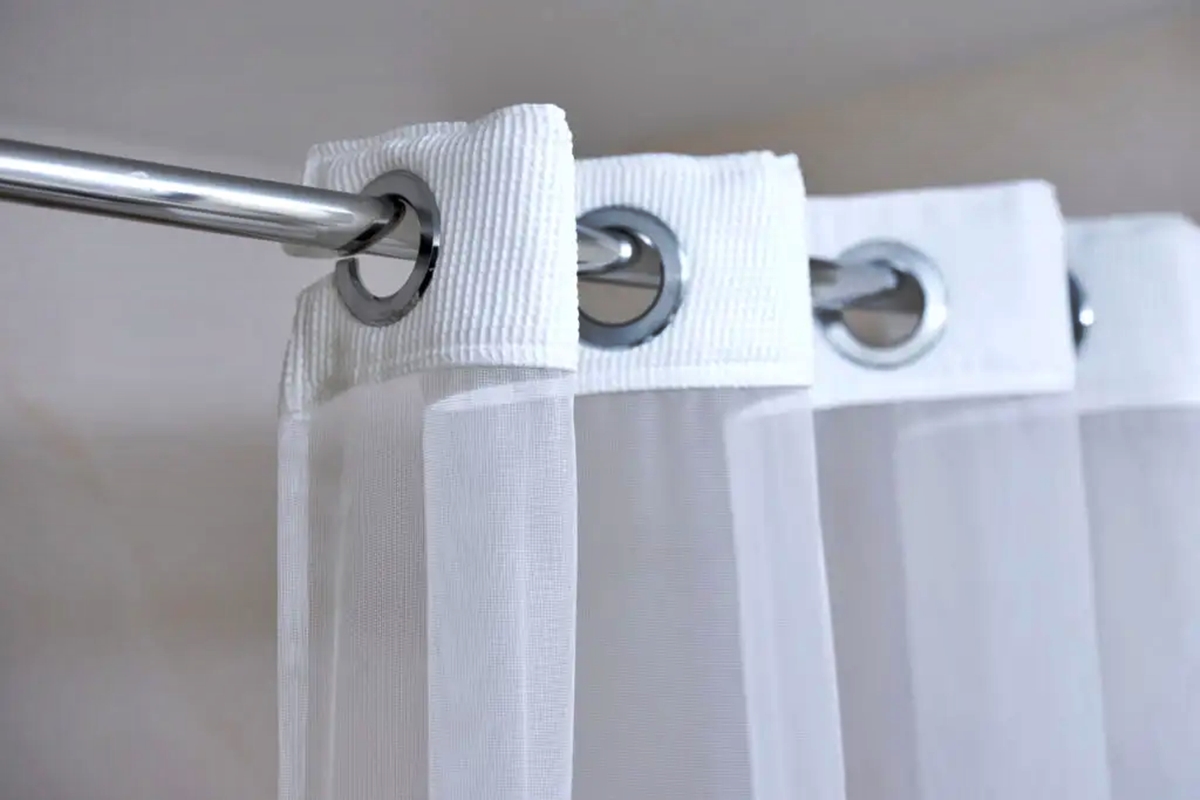

0 thoughts on “How To Figure Out What Size Of Curtains You Need”